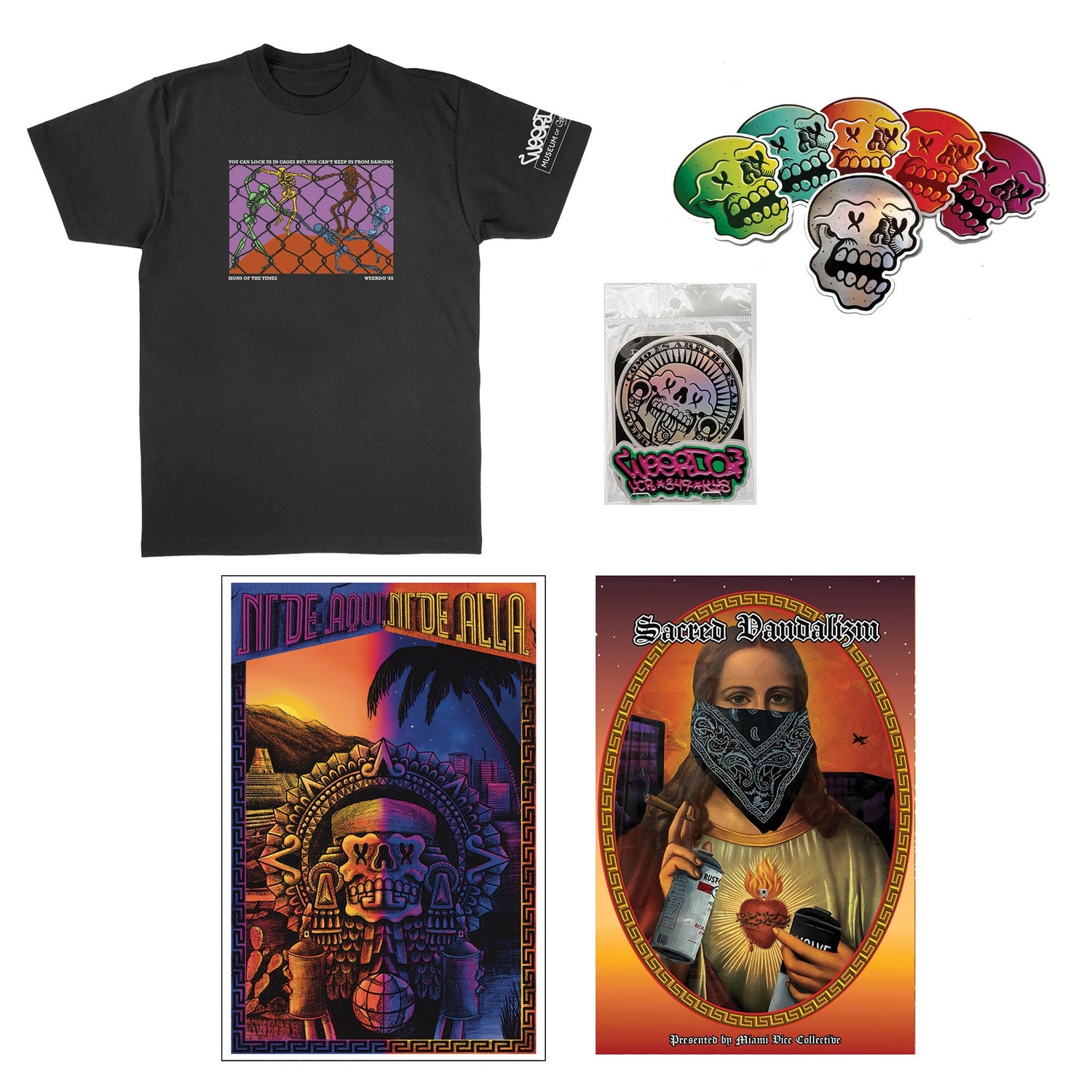**Photo of Graffiti Artist Sen2 Soccer Kit for Real Madrid in partnership with Adidas
In the world of sports, competition, athleticism, and fan engagement often take center stage. But what if there was another layer, one that combines the raw energy of athletic performance with the creativity and expression of art? This fusion is not only possible but also essential for creating an experience that resonates deeply with fans, athletes, and communities. As we look ahead to the 2025 FIFA Club World Cup in Miami, the integration of art into sports will play a crucial role in shaping a dynamic, multi-sensory event that transcends the boundaries of traditional sports viewing by adding the urban art flair that Miami is known for. Contact us now at hey@museumofgraffiti.com to plan the perfect art-centric activation during Fifa Club World Cup in Miami.
The Power of Art in Sports
Art and sports have always shared common ground: both are expressions of human excellence, creativity, and emotion. Athletes perform feats of physical skill, while artists channel their imagination to create powerful visual or emotional experiences. When combined, the two worlds can elevate each other, offering new perspectives and opportunities for deeper connection.
Art as a Cultural Bridge
Sports events like the FIFA Club World Cup are global celebrations of athletic achievement, bringing together teams from around the world. Miami, with its rich cultural diversity and vibrant arts scene, offers the perfect backdrop for this kind of integration. Art, in this context, becomes a bridge between cultures, helping fans from different parts of the world connect through shared experiences, even when language or geography may create barriers.
In 2025, the event will not just showcase the best soccer teams in the world; it will also highlight the artistry inherent in the game itself. From the visually stunning displays of team banners and jerseys to the choreography of fan celebrations in the stands, art is already present in the way fans interact with the game. The FIFA Club World Cup in Miami has the potential to further amplify this by incorporating local artistic influences, creating a unique fusion of sport and culture that reflects the city's identity.
The Role of Street Art and Local Artists
Miami's renowned street art scene, particularly in neighborhoods like Wynwood, offers a unique opportunity for collaboration between artists and the world of sports. Murals, graffiti, and urban art could become part of the visual identity of the 2025 FIFA Club World Cup, allowing local artists to showcase their work on a global stage. These artistic expressions can be incorporated into stadium décor, merchandise, and even interactive fan zones, adding a distinct flavor to the event and making it truly memorable for visitors.
Moreover, the local arts community in Miami is a rich tapestry of talent, with deep connections to Latin American and Caribbean culture, both of which have strong ties to soccer. By partnering with local artists to celebrate the culture and history of the sport, the event could become a platform for promoting the diversity and creativity that exists within the soccer world.
A Canvas for Team Identity
For the teams participating in the FIFA Club World Cup, the opportunity to express their identity through art can be a powerful tool for storytelling. Soccer kits, stadium banners, and even team mascots have always been ways for clubs to convey their brand and culture, but art can elevate this expression even further.
Imagine each team collaborating with an artist to create a limited-edition jersey or artwork that represents their journey to the tournament, their history, or their hometown. These unique pieces could be auctioned off to raise funds for charitable causes, offering both a financial and emotional connection between the team and their fans.
Furthermore, stadiums could be transformed into “living galleries,” where every corner is infused with artistry. From murals depicting iconic moments in the club’s history to interactive installations that allow fans to experience the sport in new ways, art can create a more intimate and connected environment, bringing fans closer to the game they love.
The Social Impact of Art and Sports
Finally, the integration of art into sports has the potential to spark important social conversations. Miami, with its diverse demographic, is a city where sports and art can serve as powerful tools for social change. Art can be used to address issues such as inclusion, race, gender, and equality—topics that are ever-present in the world of sports and can benefit from a thoughtful, creative lens.
The 2025 FIFA Club World Cup could use art to foster dialogue about the global power of soccer as a unifying force. Special art installations could tell the stories of players who have overcome adversity or highlight the positive impact that sports can have on communities. By showcasing these themes through art, the event would not only celebrate athleticism but also create a platform for important cultural and social reflections.
Conclusion
As the 2025 FIFA Club World Cup draws closer, the importance of integrating art into sports will become more and more evident. Miami, a city known for its creativity and diversity, is the ideal location to push the boundaries of what a sports event can be. By embracing art, from street murals to immersive digital experiences, the tournament can offer something much more than just high-level soccer. It can create a cultural spectacle that celebrates the intersection of sport, creativity, and community—an event that will resonate with fans long after the final whistle blows.
The fusion of art and sport in the FIFA Club World Cup is not just about making the event more visually appealing; it’s about deepening the connection between the players, the fans, and the city of Miami. As we approach 2025, we can look forward to an unforgettable experience that transcends the beautiful game and brings art into the heart of sports.


